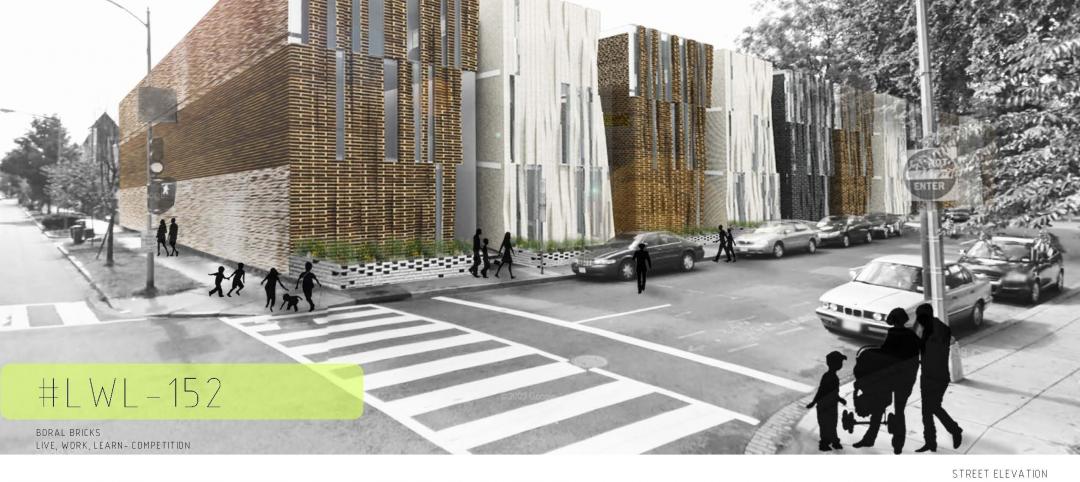 |
Healthcare construction spending grew at a compound rate of more than 10% for seven years through mid-2008, but has stalled since then. The stall, however, still represents better growth than almost any other construction market during the recession, which deepened as a result of the fall 2008 credit freeze.
During the stall, hospital construction spending increased 9% from the period before the credit freeze, while spending for nursing homes and other residential care facilities dropped 20% and spending for specialized medical office buildings fell 17%. Hospital construction spending is projected to remain steady through 2010, rising only as a result of higher project costs.
Hospital managers are enjoying a steadily rising revenue stream from patient care, but offsetting that are concerns about possible cuts in fees from states for “free care” and cuts in Medicaid and Medicare. As a precaution, some projects have been trimmed back or deferred.
The recent slowing trend for medical offices and residential care buildings parallels trends in other developed financed sectors, although the slowdown began later and so far has been less severe. Some developers lost credit access because of weakened income and balance sheets. Others lost credit access because lenders are concerned about cash flow coming from new capacity in a depressed economy. Bank examiners have also been steering regional and local lenders away from nonresidential mortgages. As a result, those two small commercial healthcare sectors will continue to decline, along with other commercial properties, through the winter. Following that, they will decline further because spending for other commercial properties will have begun to expand and projects in the pipeline will have fallen substantially.
Look for healthcare construction spending to return to a 10% annual growth pace in 2011, reflective of the usual cyclical surge after a recession. The rebound for hospital construction spending results from delayed stimulus plan funding and the resumption of work that was put on hold while healthcare was debated in Washington. —Jim Haughey, BD+C economist
Related Stories
| Jun 8, 2012
Allsteel names Kris Yates to head architectural products group
Yates is responsible for the start up, launch and ongoing sales and marketing of Allsteel’s new Beyond movable walls.
| Jun 7, 2012
WDMA and FMA to affiliate and integrate operations
Over the coming months both organizations will begin the process of formalizing the details of the agreement for final approval by both organizations, with the formal change expected to take effect in January 2015.
| Jun 4, 2012
Brownfield goes green
Chicago Center for Green Technology uses high-speed, energy-efficient hand dryers to share its green message and earn LEED credits.
| Jun 1, 2012
New BD+C University Course on Insulated Metal Panels available
By completing this course, you earn 1.0 HSW/SD AIA Learning Units.
| Jun 1, 2012
AIA 2030 Commitment Program reports new results
The full report contains participating firm demographics, energy reduction initiatives undertaken by firms, anecdotal accounts, and lessons learned.
| May 31, 2012
3 Metal Roofing Case Studies Illustrate Benefits
Metal roofing systems offer values such as longevity, favorable life cycle costs, and heightened aesthetic appeal.
| May 30, 2012
Boral Bricks announces winners of “Live.Work.Learn” student architecture contest
Eun Grace Ko, a student at the Ryerson University in Toronto, Canada, named winner of annual contest.
| May 29, 2012
Reconstruction Awards Entry Information
Download a PDF of the Entry Information at the bottom of this page.
| May 24, 2012
2012 Reconstruction Awards Entry Form
Download a PDF of the Entry Form at the bottom of this page.
| May 15, 2012
SAGE Electrochromics to become wholly owned subsidiary of Saint-Gobain
This deal will help SAGE expand into international markets, develop new products and complete construction of the company’s new, state-of-the-art manufacturing facility in Faribault, Minn.














